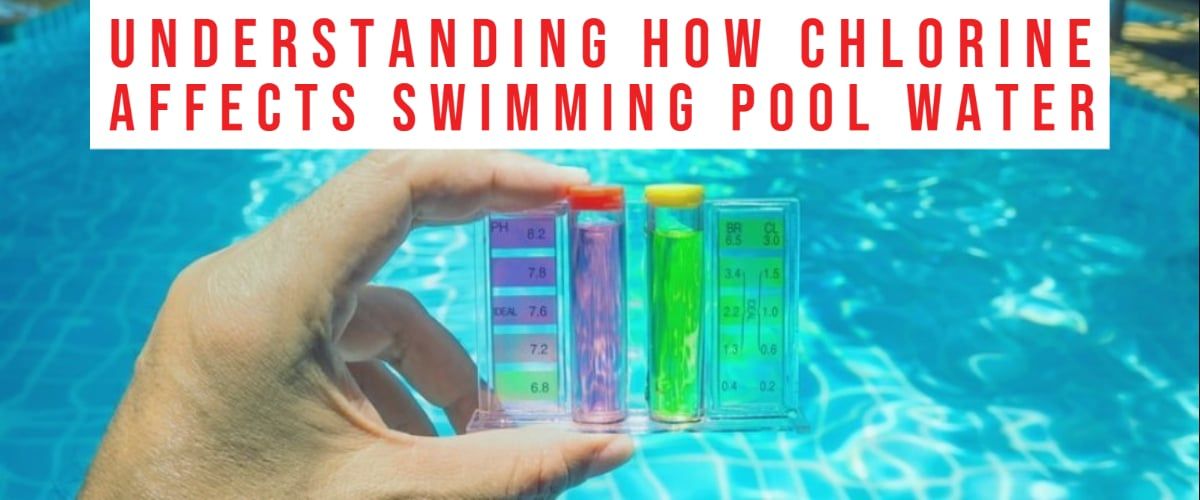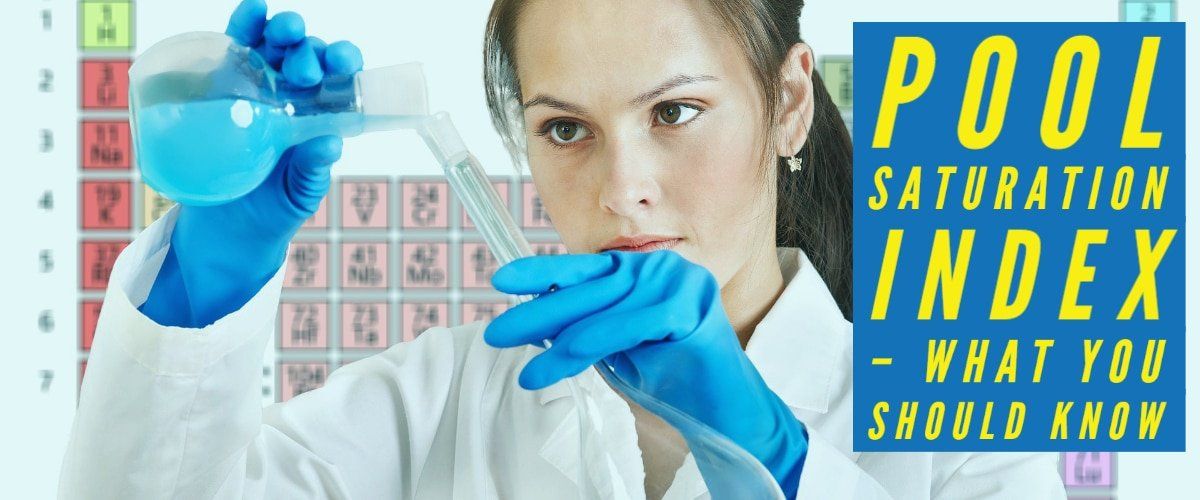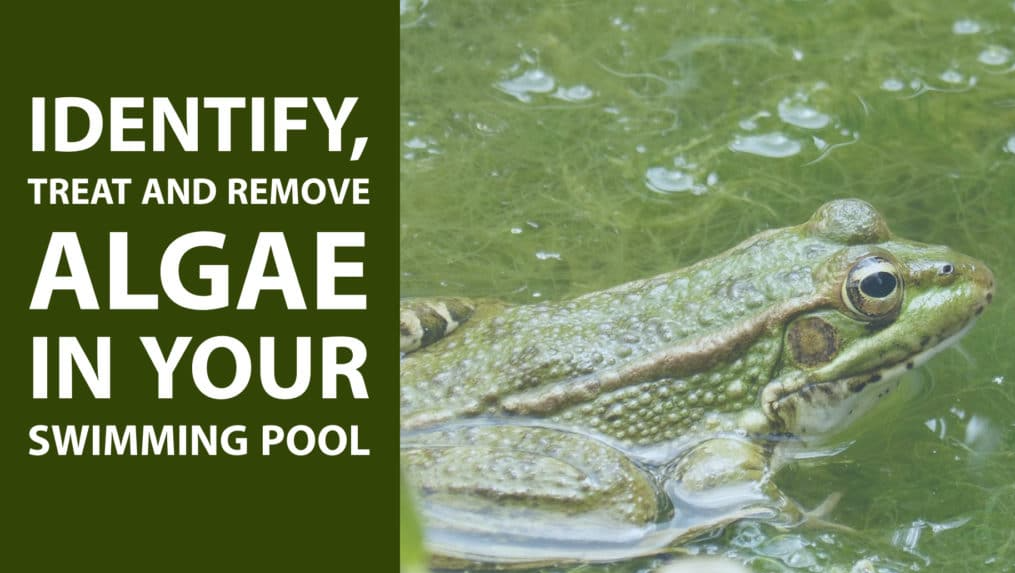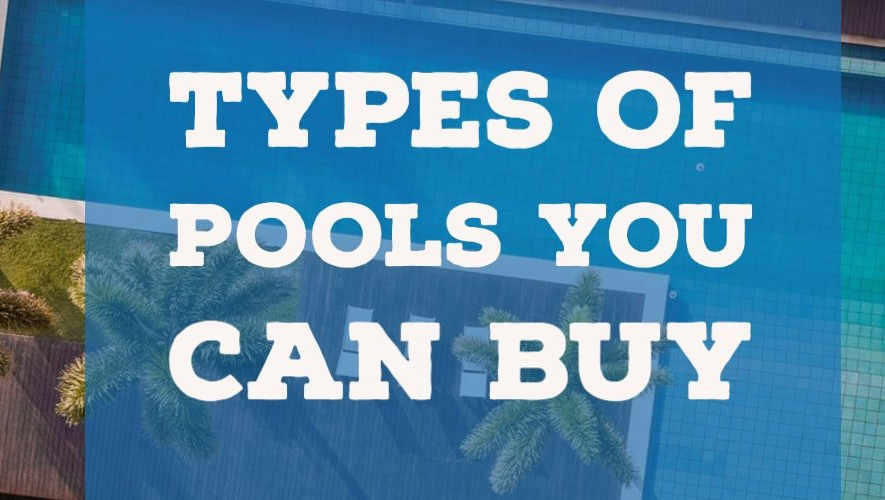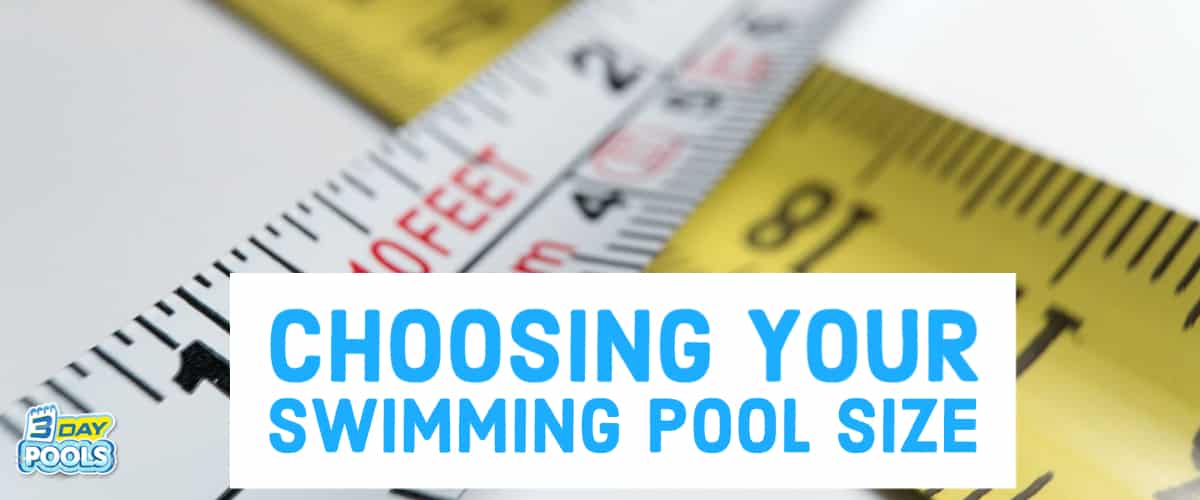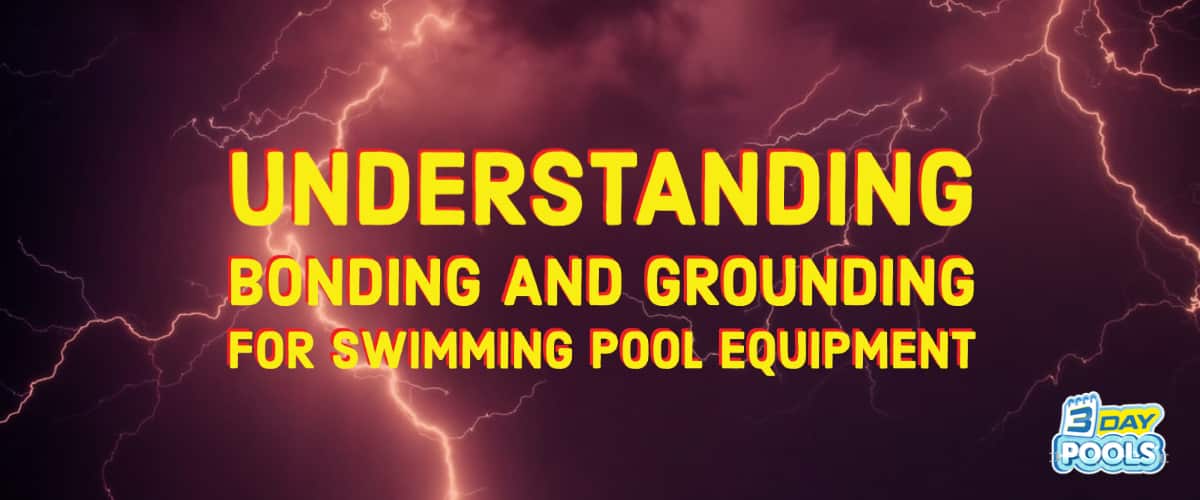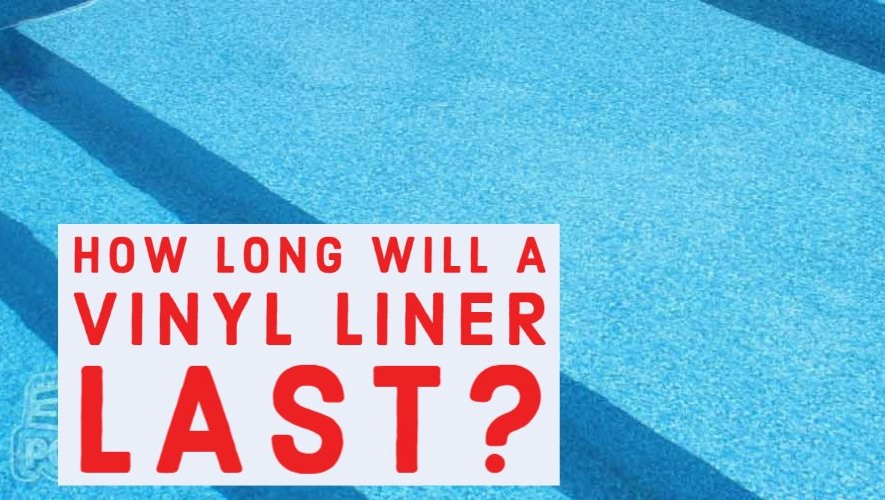416-268-4493
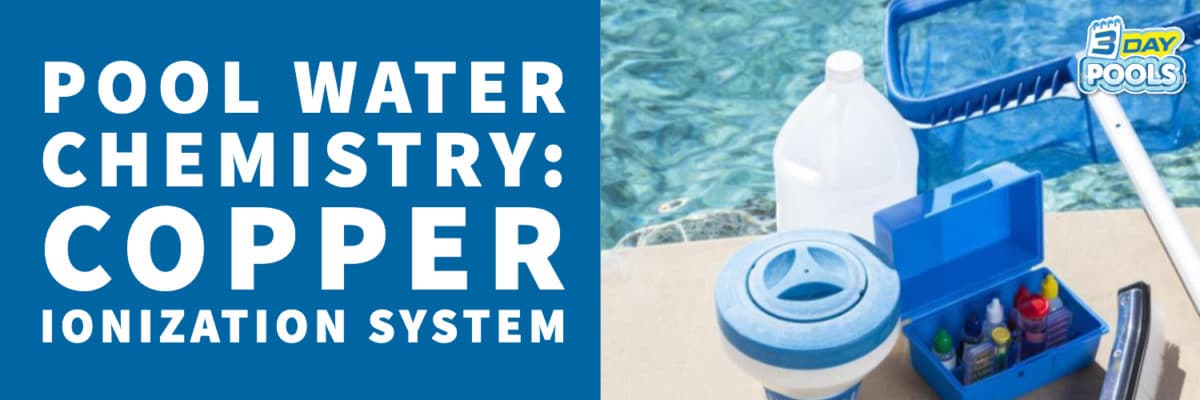
Copper Ionization Pool Maintenance
The primary active ingredient in all mineral pool systems is either copper or silver. Many systems combine both copper and silver to provide the best protection against both algae and bacteria. The same tips apply to copper-silver ionizers and most mineral pool systems.
The primary benefit of mineral ionization is that you typically don’t need as many chemicals to maintain a clean, clear and properly balanced pool.Some ionizer manufacturers claim that you don’t need to use any chemicals, but this is not supported by the EPA, Health Canada or other governing bodies.
Mineral Electrodes
With ionizers, the primary method of keeping the pool clean and clear is by releasing minerals into the water. An electrical current charges mineral plates or electrodes which are plumbed into the pool or hot tub water line. As the electricity jumps from one plate to the other through the water, mineral ions are released.
These mineral ions are the active ingredient that fight bacteria, viruses and algae in the water. Over time, the mineral plates wear down as the ions are released. It is important to monitor the electrodes regularly to make sure that they haven’t worn down completely. This would mean that there are no minerals left to be released and the pool is susceptible to algae and other problems.
We typically recommend replacing your electrodes every season. However, this will vary depending on the size and usage of your pool. Also, the first set of electrodes will wear down faster because the minerals need to ramp up in the water. But, since the ions are very stable and will even stay in the water over the winter, the following sets will last longer.
Take a look at these images to see what worn electrodes look like.
Chlorine
Most health organizations recognize the benefits of ionization and suggest a lower level of chlorine or bromine ranging from 0.5pmm to 1ppm of chlorine or bromine (vs. 1ppm to 3ppm in pools using salt chlorination or direct chlorination).
Some ionizer manufacturers suggest specific chlorine or bromine compounds to use with their ionizer. This is fine, but not necessary. Any form of chlorine, whether liquid, tablet, or salt generated will do the trick.
We recommend using 3” stabilized chlorine tablets. We suggest adding one tablet every week in pools up to 25,000 gallons. For larger pools up to 40,000 gallons, we suggest two tablets every week.
Tablets can be added to the skimmer or floater. Some will say adding tablets to your skimmer will damage your equipment, but since you’re adding so little to a mineral pool, this isn’t a huge concern.
If you have an inline chlorinator, you can add several tablets at once and then dial back the chlorinator to setting 0.5 to 2.
Super Oxidization or “Shock”
“Shocking” your pool is a way to “super-oxidize” the water. This helps to burn off excess organic material that can build up in the pool.
With ionized pools, you can shock the pool after heavy usage or after heavy rainfall. Follow the directions according the shock product that you use and the volume of water in your pool.
You can use either a chlorine based or non-chlorine based super-oxidizer. Non-chlorine based shocks are usually potassium monopersulfate based.
pH
Balancing pH in a mineral pool is like any pool. The ideal range is 7.2 to 7.6. Anything outside of this range will affect the feel of the water and the effectiveness of the chlorine.
With copper ionization, acidic water will increase the risk of copper staining on the pool lining and surfaces. So, there is an added importance to testing pH on a regular basis.
However, the ionization process is pH neutral, so you should not have as much fluctuation in pH as you would with a salt chlorinated or traditional chlorine pool. Also, when used as directed, most mineral pool systems and ionizers will not add enough copper or other minerals to the water to cause staining.
The easiest way to test your pH is to take a water sample to your local pool store. They will usually test it for free and suggest products that will raise or lower the pH as needed.
You can also use a home test kit and order pH balancing products online if a visit to a pool store is not convenient.
Alkalinity
Alkalinity should be balanced in an ionized pool the same as with any pool. The ideal range is 80ppm to 120ppm. If you have a pool store nearby, they can test alkalinity along with pH and offer the appropriate products. However, if this is not convenient, a home test kit will work and there are many online sources for pool chemicals.
Ionized pools typically do not have drastic fluctuations in alkalinity. However, it is important to test it regularly and keep it in the right range. Properly balanced alkalinity acts as a buffer for pH which minimizes the risk of pH going out of range and causing issues.
Calcium and Total Dissolved Solids (TDS)
The recommended range for calcium is 200ppm-300ppm. The recommended range for TDS is 500ppm-2,000ppm. Water containing more that 300ppm calcium or 2,000ppm TDS can lead to scaling of the electrodes that produce the ionized minerals. Since the electrodes wear away after one to three seasons, this is usually not a problem. However, if they do become scaled up excessively, they can be cleaned by filing away the scale with a metal file.
We recommend to have your water tested by a professional either in a pool supplies retail store or have our bi-weekly pool water testing done in your own home.
OUR RELATED SWIMMING POOL TOPICS
Pool & landscape products specifications are believed to be accurate at the time of original publication.
Viewers should verify specifications & installation requirements with the installing dealer or manufacture’s manual rather than relying on information on this website, which is not intended to be a final specification.

